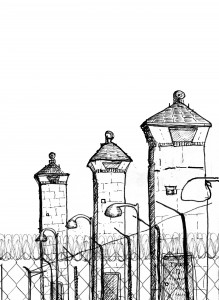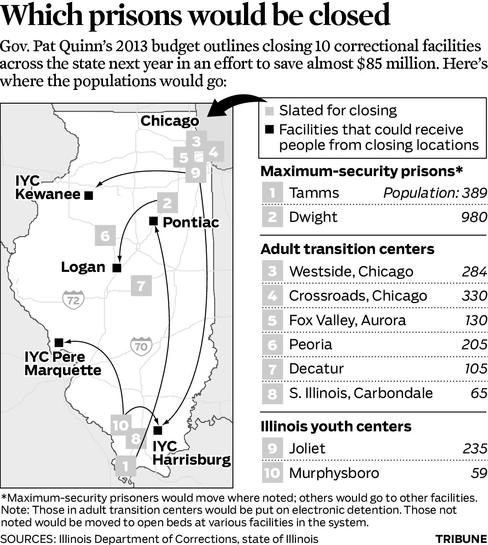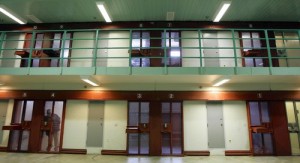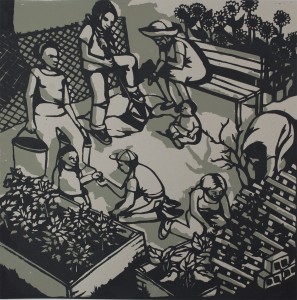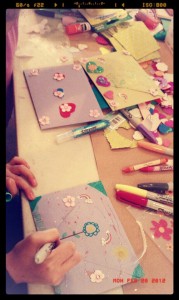I have complex feelings about the NAACP. On the one hand, it is impossible to imagine where I would be as a black woman in the 21st century without its contributions to the movement for racial justice. In the early 20th century, the organization led a long-term campaign against lynching and during the civil rights era it fought successfully to desegregate schools and public accommodations. On the other hand, time and again I have come across stories about the NAACP turning down the cases of people of color who were not perceived to be “model” clients.
I recently came across the story of a young black man named “Jerry Newson” as I was doing some research about false police confessions. Newson was an 18 year old young man living in Oakland who was accused and convicted of murdering two people in 1948. The case apparently became a sensation at the time.
On October 22 1948, two people were found in a drug store shot through the head “execution-style.” The victims were a pharmacist named Robert Savage (who was white) and his clerk Marjorie Ruth Wilson (who was a light-skinned black woman). The police were quoted at the time as suggesting that the motive for the murders was robbery and that about $600 was missing from the store. This crime shocked the West Oakland community and a number of local resources were deployed to apprehend the culprit(s). The police were under pressure to solve the case and after a few days, they settled on Jerry Newson as the prime suspect for the crime.
Newson was born in 1931 in Louisiana. He came to live with his aunt and uncle in Oakland in 1944. He quit school in the 11th grade and leased a shoe shine stand at the corner of 11th and Broadway.
On October 25, 1949, two police officers J.J. Murphy and John H. Strum found Jerry Newson in a local poolhall and told him that they had some questions for him. They were investigating a robbery that had occurred on October 13th at the Harbor Home projects. The robber had gotten away with $1275 dollars. Jerry admitted immediately that he had in fact robbed the rent office of the Harbor Home projects. The robbery was described as follows:
“Jerry had entered the rent office on October 13 in broad daylight wearing a loud colored shirt. Once in the office, he brandished an empty .45 automatic, belonging to his Uncle James, and ordered the money turned over to him.”
He later told the policemen about the gun, “I forgot to put the cartridges in.” Jerry Newson was no master criminal: he left fingerprints at the scene of the robbery and could be easily identified by the victims of the robbery.
During his questioning about the Harbor Home robbery, the police discovered that Jerry Newson had been acquainted with both Robert Savage and Marjorie Wilson. In fact, he had shined Mr. Savage’s shoes and had “bought barbecue for Marjorie.” The police saw an opening and secured a “confession” about the murders from Jerry.
His lawyer, Robert Treuhaft, offers this account of Newson’s alleged “confession”:
They started interrogating him about the murder, and he said, oh yes, he knew Doc Savage the pharmacist, and he’d been in the drugstore lots of times. They were old friends of his. So they said, “Well, did you do it?” He said, “No, no. I was a friend of Doc’s.” They said, “Well, where were you?” Well, he had an alibi. But he’d been with a friend named Harris. So they went out and arrested Harris. They both denied everything, but they kept them for another week under interrogation with no lawyer; and then took Newson to Berkeley for a lie detector test. Berkeley had the equipment; and they had a man there, Inspector Riedel, who supposedly knew how to use it.
So, what actually happened was that he was in this contraption for some time, totally new to him, and the questions kept coming in a dozen different forms, did you do it, did you do it. And finally he said, “You want me to say I did it. I did it. Let me go home now.” So the press, a dozen reporters, were outside the room waiting for the word, and Inspector Riedel said, “He confessed.” So they all rush in and Riedel says, “Would you write this down?” And he says, “What do you mean? I was kidding. I didn’t do it.” Well, that was the sum total confession.
The first time that Jerry Newson saw an attorney was on October 30th, five days after his arrest. Robert Treuhaft was a Civil Rights Congress attorney whose wife had approached Newson’s family with an offer to help. The first words that Newson said to him were: “I don’t know whether I need a lawyer, I told them all about the Harbor Homes robbery the day they arrested me, and I didn’t do the murders. So what do I need a lawyer for?” Little did Jerry know what he was in store for him. He also told Treuhaft that he had been placed in solitary confinement, interrogated for 18 straight hours, and only been given one bowl of mush during the entire time of his incarceration.
Newson was tried and ultimately convicted of first degree murder on May 18,1950. He was sentenced to die in the gas chamber at San Quentin.
After the trial, Truehaft was contacted by a couple of technicians in the Oakland Police Department who wanted to speak off the record about the firearm evidence. Truehaft explained:
“They called me up and said, “Don’t, whatever you do, let that firearms evidence get out of the courtroom. Make sure that it is preserved.” So then they met with Bert and me privately, in our office. “We know our business,” they said. “We could not find a match. There are always accidental matches. They sent this evidence over to this big-shot in San Francisco, a hot-shot expert. When he couldn’t find a match, they took it away from him and they sent it to this guy in Berkeley. When we heard that he claimed that he had a match, we said we’d like to see it. And we went out to his laboratory, and we rotated the bullets and we couldn’t see it. He had an assistant show us. We only saw what one called `accidentals,’ which you see anytime but which disappear when you rotate the bullets.
“Those photographs though are absolutely phony. That white line doesn’t exist. There’s supposed to be a hairline within the microscope that separates the two fields. We asked him [Kirk] why there was no hairline, why they had to draw the line in by pencil — he said, well, something was wrong with the equipment, and we got this white space in between. Then he drew his pencil lines in such a way that instead of separating the two fields as a properly adjusted hairline should, it goes through the edge of the field of one bullet. When you do that, it’s obvious that everything on either side of the line will match.”
“I’ll never forget those men, Fuller and Davis, good Catholics, who put their jobs on the line by giving us affidavits for use on our motion for a new trial. We lost on the motion for a new trial. Death penalty cases go directly to the State Supreme Court. The Supreme Court reversed the conviction, not on the firearms evidence, but on other grounds, and ordered a new trial. Well, having won on the Supreme Court was a tremendous victory. The guy had been in death row for about a year.”
Jerry Newson was not set free after the Supreme Court reversed his conviction. There were two more trials (with the third trial ending in a hung jury). Truehaft recounts what happened next:
And so, after three trials, the murder charges were dismissed. But Newson didn’t go free. He had pleaded guilty to the earlier offense — robbery of the housing project. For a first offense, an eighteen-year-old would usually get a maximum of five years and he would be out in a year and a half. Well, he was kept in jail for eleven years on that robbery conviction. Every time he came up for parole, Coakley would warn the Parole Board, “This man’s a killer, we know he’s a killer. Something went wrong in his trial, but it’s your responsibility. If you let him out, you’re letting a killer out, a murderer.” And the parole authority never did grant parole. Finally, we went to Court, and finally prevailed on a writ of habeas corpus. But anyway, it’s a long, long history, and it was fascinating.
I had certainly never heard of Jerry Newson and the story is indeed a fascinating one. But it was this sentence that really stayed with me from Truehaft’s account: “The NAACP had refused to take the case. I’d gone to them. I went to a meeting of the executive board, and I said, “Look, we need you in this case.” They said, “We don’t represent murderers.”
